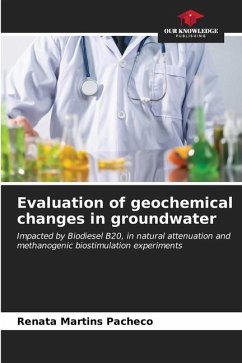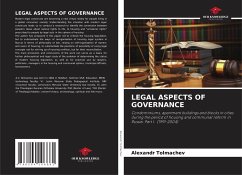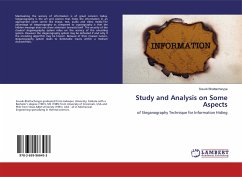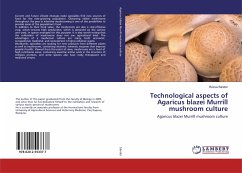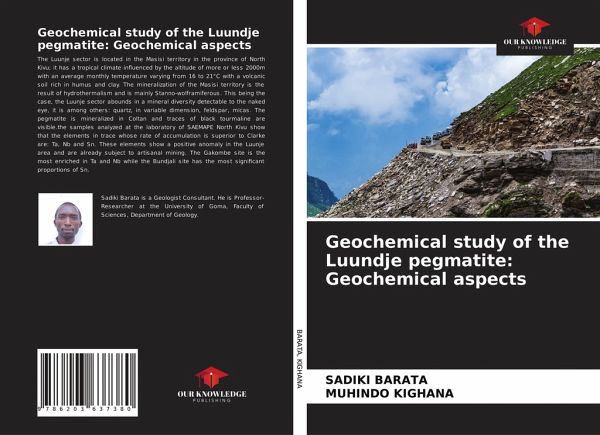
Geochemical study of the Luundje pegmatite: Geochemical aspects
Versandkostenfrei!
Versandfertig in 1-2 Wochen
36,99 €
inkl. MwSt.

PAYBACK Punkte
18 °P sammeln!
The Luunje sector is located in the Masisi territory in the province of North Kivu; it has a tropical climate influenced by the altitude of more or less 2000m with an average monthly temperature varying from 16 to 21°C with a volcanic soil rich in humus and clay. The mineralization of the Masisi territory is the result of hydrothermalism and is mainly Stanno-wolframiferous. This being the case, the Luunje sector abounds in a mineral diversity detectable to the naked eye, it is among others: quartz, in variable dimension, feldspar, micas. The pegmatite is mineralized in Coltan and traces of bl...
The Luunje sector is located in the Masisi territory in the province of North Kivu; it has a tropical climate influenced by the altitude of more or less 2000m with an average monthly temperature varying from 16 to 21°C with a volcanic soil rich in humus and clay. The mineralization of the Masisi territory is the result of hydrothermalism and is mainly Stanno-wolframiferous. This being the case, the Luunje sector abounds in a mineral diversity detectable to the naked eye, it is among others: quartz, in variable dimension, feldspar, micas. The pegmatite is mineralized in Coltan and traces of black tourmaline are visible.the samples analyzed at the laboratory of SAEMAPE North Kivu show that the elements in trace whose rate of accumulation is superior to Clarke are: Ta, Nb and Sn. These elements show a positive anomaly in the Luunje area and are already subject to artisanal mining. The Gakombe site is the most enriched in Ta and Nb while the Bundjali site has the most significant proportions of Sn.



